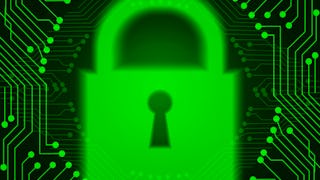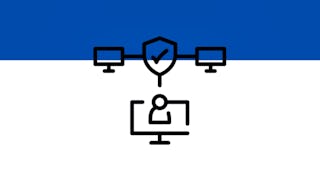Course 6 - Network and Communications Security
This is the sixth course under the specialization SSCP. This course includes an orientation to the network neighborhood via the OSI 7-Layer and TCP/IP models in the context of internetworking and communications. It also probes each of the seven layers of this combined protocol stack, introducing the key technologies at each layer and their normal uses. There is also information on various protocols that run on top of this architecture, as well as attack and defensive strategies and tactics. Additionally, discussed in this course is how to manage network security and secure wireless communications. Course 6 Learning Objectives After completing this course, the participant will be able to: - Recognize layers of the OSI model, their functions and attacks present at each layer, and identify commonly used ports and protocols. - Select appropriate security controls for various network attacks. - Describe the tools used for network access control. - Summarize best practices for establishing a secure networked environment. - Understand how to configure and operate security devices such as firewalls and proxies. - Summarize the types of telecommunications and network access controls. Who Should Take This Course: Beginners Experience Required: No prior experience required



















